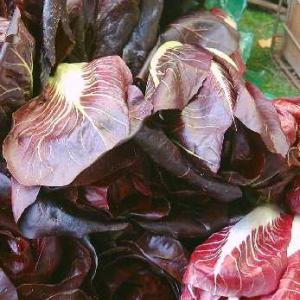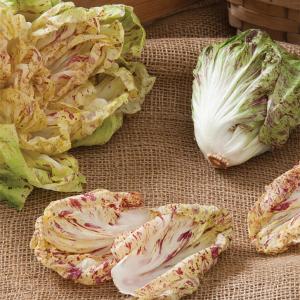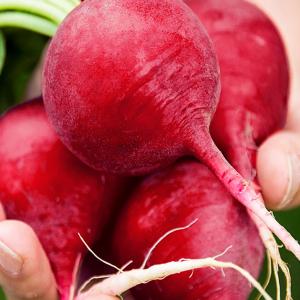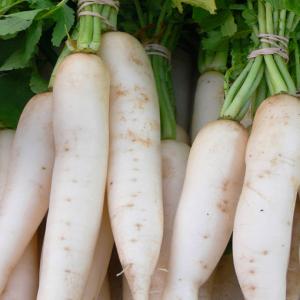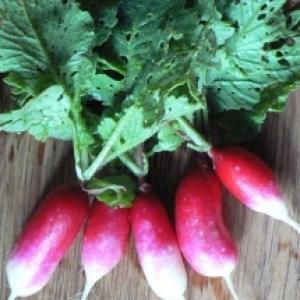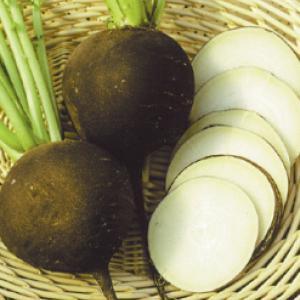Quality seeds for kitchen, cottage and native gardeners
Vegetable Seeds Catalogue
A nutritious pumpkin grown for the high oil & protein content of the seeds. The seeds, also known as pepita, have no outer casing so can easily be eaten raw, roasted, dried or pressed (for the oil). A good looking, prolific pumpkin with green & orange markings, weighs 5-8 kg. The flesh lacks flavour but can be used to feed the chooks or compost. 12 seeds.
Am I squash or am I pumpkin?? This versatile vegie can be eaten when immature (steamed or baked) in the warmer months, tasting of a mix between potato & pumpkin. Left to mature it produces a dry fleshed, long keeping pumpkin. Mature pumpkins have a dark green, ribbed skin with orange flesh and weigh up to 3 kg. Treated seed (thiram). 8 seeds.
Known as ‘verdolaga’ in Spain where the green fleshy leaves are used in salads, soups and stews. It has slightly sour, lemon, salty flavour. This low growing succulent annual has seven times the beta-carotene of carrots, six times more vitamin E than spinach & a high plant source of Omega 3 fatty acids. So amazing nutrition properties! Harvest leaves and stems as needed. Not to W.A. 300 seeds.
Known as ‘verdolaga’ in Spain where it used in salads, soups and stews. Purslane is a great addition to salads as it has slightly sour, lemon, salty flavour. Reported to have the highest levels of healthy omega-3 fatty acids than any other leafy vegetable. A low growing succulent annual with green fleshy leaves and red upright stems. Harvest leaves and stems as needed. 500 seeds. Not to W.A.
A medium, tight, headed radicchio from Italy, where it is valued for the bitter leaves that hold their texture well when cooked. The leaves are wine-red in colour and are used in salads and cooked dishes. The leaves can be used grilled or pan fried with ingredients as it keeps it texture well. Holds well through the winter months. Bitter leaves are great for aiding digestion and a healthy stomach. 75 seeds.
A radicchio variety with long, green leaves, turning dark red during the cooler months. These red leafed chicories are delicious winter salads from autumn to spring. Their characteristic flavour is slightly bitter and can be modified by blanching. Pick the young leaves when reqiured. They are hardy, deep rooting plants and will need an open position, unfussy about the soil. 400 seeds
Our favourite radicchio due to its ability to grow happily all year and being a more mild in flavour than the traditional varieties. The speckled, wavey leaves look great and have a mildly bitter flavour that makes them a great addition to salads, or use in the traditional way. Pick the young leaves when required or let it mature to a loose head for a single cut. These hardy, deep-rooting plants need an open position, but are not about soil.
A round, red radish on the ‘go-go’ juice! This Amish heirloom dates to the 18th century and can grow as big as a tennis ball without the white flesh losing its flavour or going pithy. A versatile radish that can be harvested small or large. For best flavour and even growth water regularly. For a milder flavour grow in the cooler months of spring/autumn. 150 seeds.
These fast growing round red radishes have a crispy white flesh and an excellent flavour, not as sharp a bite as some other varieties. This heirloom from Holland is great raw in salads and in chutneys. Uniform roots with a striking red colour. Harvest promptly in warmer months as radish does not retain good eating quality after reaching full size. About 150 seeds.
A crisp white fleshed oriental radish. Stores well in the ground in cooler months. Best suited for harvest in autumn and winter. The Japanese use sliced or grated raw, in soup/miso and in salads. The roots are cylindrical and pale green near the crown and average 35-45 cm long and 5-7 cm wide. 50 seeds.
Ready to harvest in just 25-30 days, these are perfect for impatient, junior gardeners! These long radishes, with scarlet skins and white, blunt tips, have crispy white flesh and an excellent flavour. Great raw in salads and in chutneys. Harvest promptly as radish does not retain good eating quality after reaching full size. 200 seeds.
This stunning, zesty, radish has black skin and crisp white flesh. Offering large, round roots, it is more uniform, cold tolerant and bolt resistant than most other radishes. As it can be stored for up to 6 months in the soil over the cold months it is commonly used as a winter radish. We love this grated raw with a mild onion or drizzled with olive oil and black pepper. 100 seeds.




